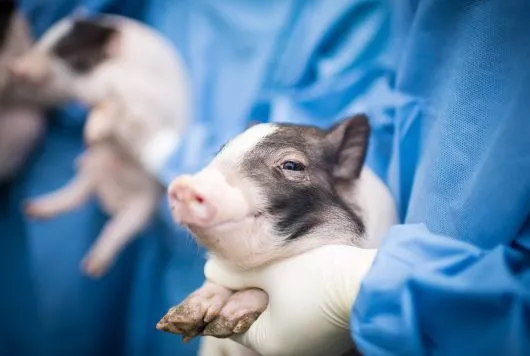
Pork brains, as a food, may not be acceptable to some.
But as an experimental subject, the existence of the pig brain is of great importance to the progress of human science.
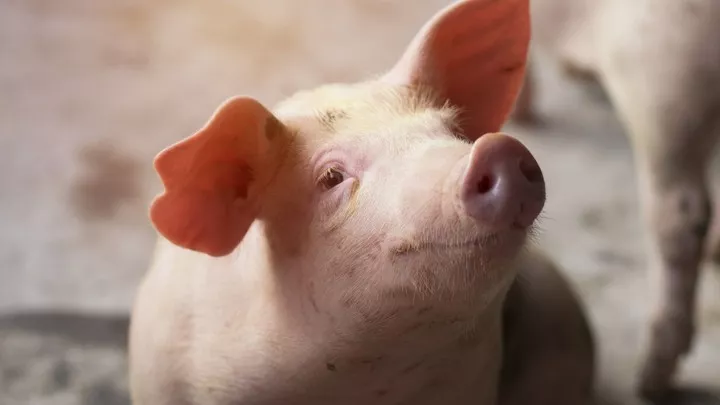
In 2019, Yale researchers showed that pigs' brains can still 'work' even after 4 hours of stopping blood circulation. Their perfusion system, BrainEx, also continues to circulate oxygen and nutrients to brain-supplemented tissues, which allows the pig brain to restore some of its brain-supplemented tissue to function.
And with that proven, the next step was other parts of the body than the pig's brain. After all, the brain being the most oxygen-deprived organ succeeded, let alone other organs.
Revive the organs of the dead pig and continue the metabolism
On August 3, the journal Nature published the latest research from Yale University, an extension of the pig brain 'resurrection' technique that attempts to 'resurrect' other organs in the pig.

Before this study began, the researchers first induced heart attacks in anesthetized pigs to 'kill' them. After death the blood begins to stop circulating and therefore the blood is unable to provide the nutrients and oxygen that the various cells of the body depend on, and the cells die. This process of stopping the flow to 'definite' death lasted for one hour.
An hour later, the team used a system known as OrganEx to revive the pig's vital organs. Pigs "one hour after death" were pumped with a blood substitute that included the pig's own blood, anticoagulants and 13 other compounds, fluids that slowed the decomposition of the carcass and restored the function of some organs.
Six hours after 'rescuing' the organs, the system, called OrganEx, dramatically improved cellular structure in tissues, including the brain. It even activated genetic programs involved in cellular repair and the restoration of normal cellular function in the pig's kidney, heart and liver. In other words, this resuscitation really got the pig organs working again after an hour of death.
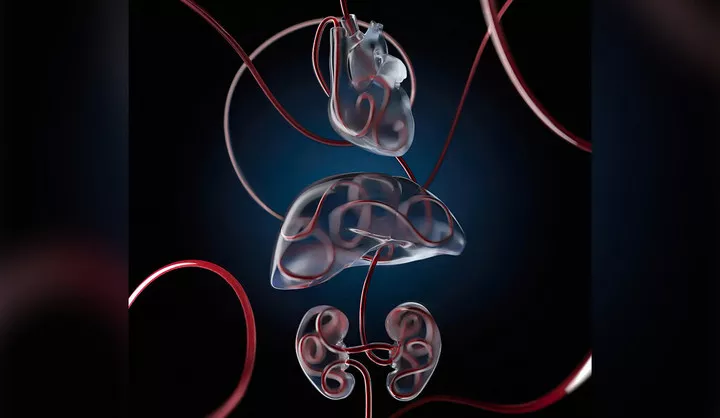
▲ Illustration of organ perfusion and cell recovery using the OrganEx system
The livers of pigs treated with the OrganEx system produced much more protein than the control pigs' livers, while the cells of each organ responded to glucose much more than the other groups - suggesting that OrganEx has restarted the metabolism of some of the pigs' organs.
This is a known finding, but this experiment still has a part that researchers cannot yet explain properly, and that is the involuntary movement of the pigs.
After OrganEx's system intervened, the experimental pigs also jerked their heads, necks and trunks involuntarily compared to the motionlessness of the other control groups. There is no definitive explanation for this twitching, and the only thing that can be determined is that because the brain cells are dead, it is unlikely that these impulses are produced by the brain. It is more likely to originate in the spinal cord, which can also control some motor functions on its own.
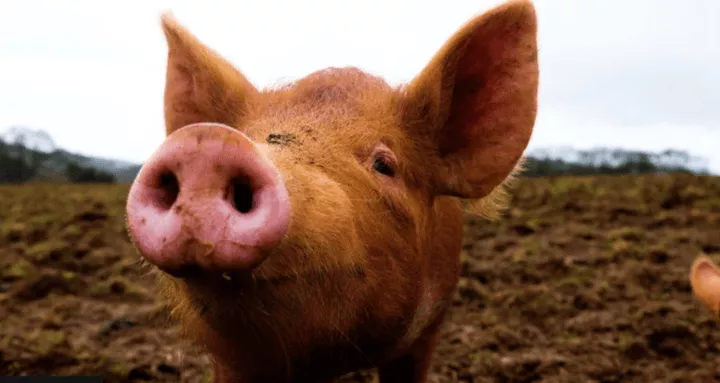
Although there are still unexplained parts that need further study, this finding is still very interesting. Because from the results so far, OrganEx is clearly more efficient than ECMO.
ECMO is extracorporeal membrane oxygenation, also known as extracorporeal life support, is a medical emergency equipment. It is used to breathe and circulate for patients outside the body during cardiopulmonary surgery, as well as to temporarily replace the patient's heart and lungs, reducing the burden on the patient's heart and lungs to buy more time for medical personnel. Today, ECMO is also used in organ transplantation to protect organs prior to transplantation and to provide life support to patients during transplantation, and even for post-operative complications.
In this respect, ECMO, which can only delay cell death, is far inferior to OrganEx, which can re-run tissue cell structures.
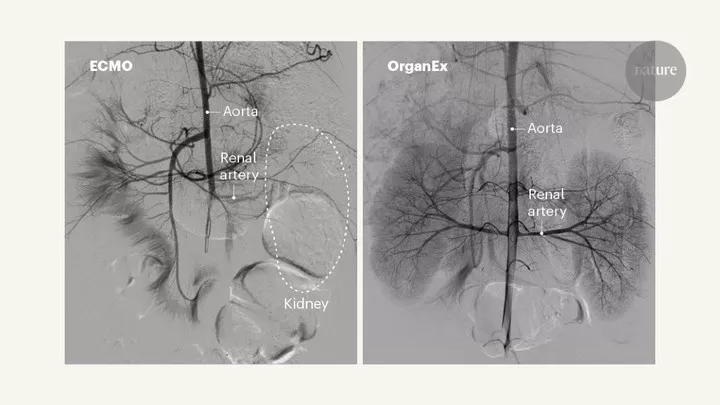
For example, the window for organ transplants used to be between 4 and 36 hours, essentially relying on refrigeration + preservation fluid, and many organs could become unavailable for transplantation during this process. The attrition in the middle of an organ transplant is distressing, so ECMO was once an expectation by physicians for organ transplants, and it may become a standard method of organ transport.
Now, that expectation may have to go to OrganE, which can get organs working again.
Transplant surgeon Gabriel Oniscu, for one, said the study is "a landmark" that may "significantly increase the number of organs available for transplantation," considering the different effects of OrganEx and ECMO on porcine organs.
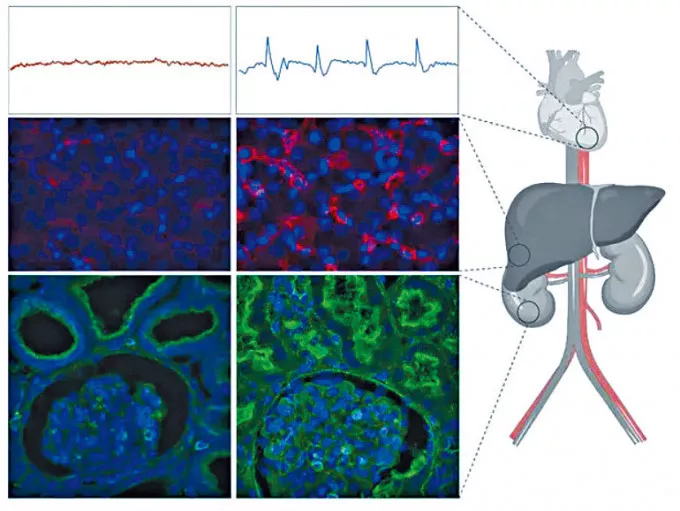
Rebooting the organs of animals, but what about people?
In this wave of new possibilities in the medical field, pigs have done humans a great service. Beagles, mice, monkeys, and other small animals have also made sacrifices for the advancement of human experimentation of all kinds, and many of these successes have been applied to the field of mass medicine.
Prior to this organ resurrection, there have also been attempts by researchers to resurrect the retinas of rats.
They removed the eyes of euthanized mice and re-oxygenated them with a nutrient matrix containing 95% oxygen. Ultimately, it was found that in the photoreceptor test, there was a significant recovery of neuroelectrical signal activity in the retinal photoreceptor neurons, which are responsible for receiving translational external light signals, and in the retinal bipolar cells, which are responsible for transmitting post-translational neural signals.

And in further experiments in the human eye, the team also managed to awaken photoreceptor neurons in the macula of the human retina, allowing them to respond to bright bright light, colored light, and even very faint flashes of light. If the donor eye can be obtained within 20 minutes of the donor's death to avoid hypoxia, the revived eye can even pass on the light-sensitive results to other nerve cells in the retina.
It still doesn't avoid significant rejection, but progress has been made. And the study was lucky enough that, after all, the results produced by animal models in biological experiments don't always apply to humans. The consistency of results from mice to human eyes is happy enough. And it will take longer to demonstrate and apply the pig organ revival demonstrated by the OrganEx technique earlier.
And in addition to increasing the likelihood of future organ donation and successful transplantation numbers, the existence of OrganEx challenges the idea that cardiac death is irreversible, while raising anew ethical questions about the definition of death.
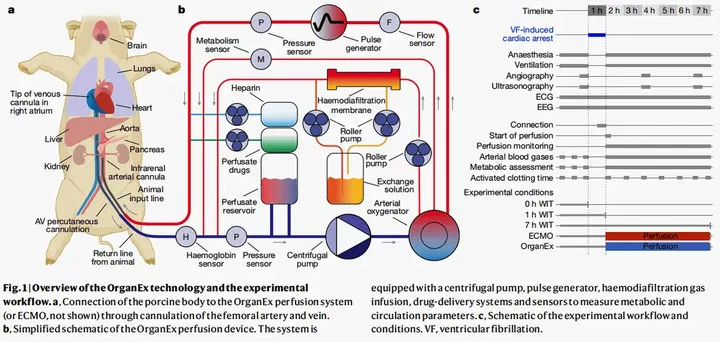
Arthur Caplan, a bioethicist at New York University, for one, says that the discovery of organ resurrection further emphasizes that death is not an instant, but a process, which makes it challenging to adopt a uniform approach to determining a person's death. This means that as medicine continues to advance, the legal definition of death will continue to change.
Of course, there's the bigger controversy over the 'back from the dead' bit.
Is it really possible to resurrect? If today's medical technology can 'resurrect' organs, would it be possible to resurrect people as well. The truth is that this is completely overthought. If this technology is still relevant for patients who die of cardiac origin, there is little mercy for brain dead patients.
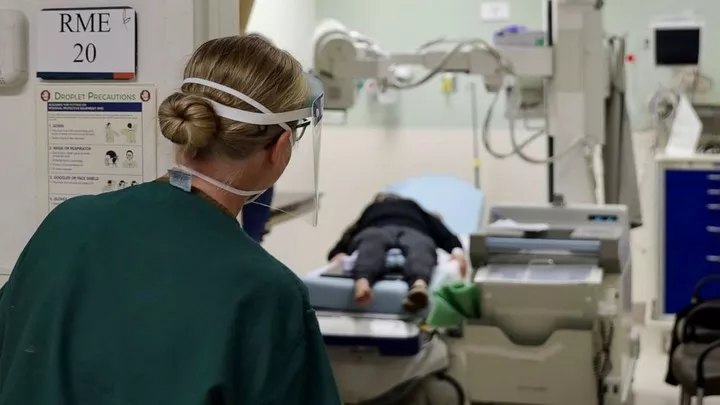
Because while the 2019 pig brain study restored metabolic activity in a portion of the pig brain cells, it never detected orderly EEG activity, suggesting that even a 'resurrected' pig brain is still not comparable to a conscious brain. If the brain is not even conscious anymore, then this 'resurrection from the dead' is meaningless.
On this point, the number one internet sensation Musk sees it more clearly. He once said in an interview with the Wall Street Journal when asked if he was investing in immortal technology "Everyone is going to die, it's an important thing."
Because most people most of the time have their brains frozen off and their minds turned around, it's a good thing they're all dead. If everyone had a chance at immortality, there's no telling what society would ossify into. Humanity would be doomed without new ideas that could succeed.

The technological breakthrough is certainly something to rejoice in, but it applies more to the field of therapeutic assistance than to true resurrection from the dead. For people, we still need to die.